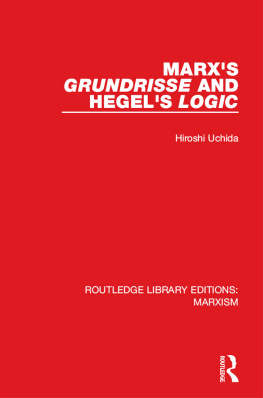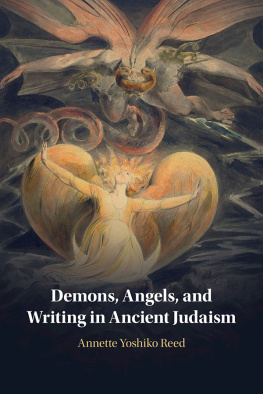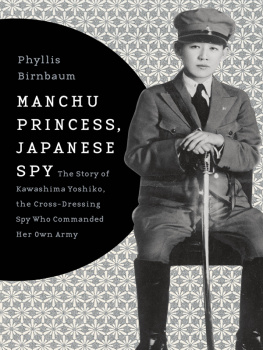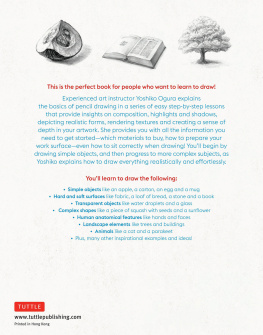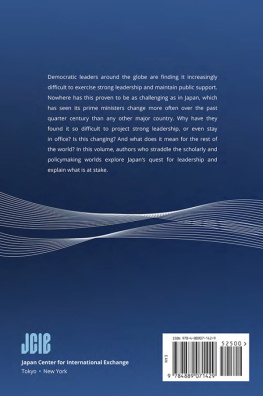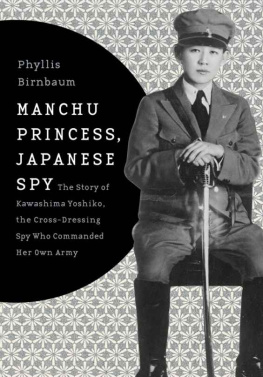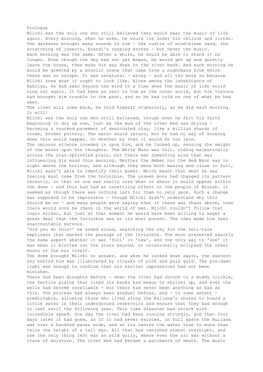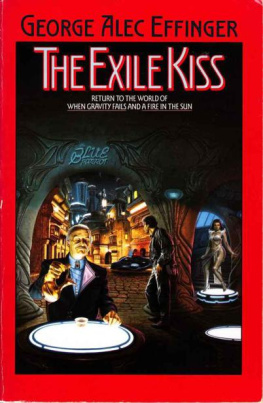Copyright 1982 by Yoshiko Uchida
Introduction to the 2015 edition 2015 by the University of Washington Press
Printed and bound in the United States of America
Design by Dustin Kilgore
Composed in Warnock, a typeface designed by Robert Slimbach
18 17 16 15 5 4 3 2 1
All rights reserved. No part of this publication may be reproduced or transmitted in any form or by any means, electronic or mechanical, including photocopy, recording, or any information storage or retrieval system, without permission in writing from the publisher.
Portions of chapters also appeared in her Topaz, City of Dust, Utah Historical Quarterly 48 (Summer 1980).
UNIVERSITY OF WASHINGTON PRESS
www.washington.edu/uwpress
Library of Congress Cataloging-in-Publication Data
Uchida, Yoshiko.
Desert exile : the uprooting of a Japanese American family / Yoshiko Uchida ; with a new introduction by Traise Yamamoto.
pages cm
Originally published: Seattle : University of Washington Press, 1982.
ISBN 978-0-295-99475-8 (paperback : alkaline paper)
1. Uchida, Yoshiko. 2. Japanese AmericansEvacuation and relocation, 19421945. 3. Tanforan Assembly Center (San Bruno, Calif.) 4. Central Utah Relocation Center. 5. Japanese AmericansCaliforniaBiography. 6. World War, 19391945Personal narratives, American. 7. CaliforniaBiography. I. Title.
D769.8.A6U25 2015
940.53'1779245092dc23
[B]
2014050122
The paper used in this publication is acid-free and meets the minimum requirements of American National Standard for Information SciencesPermanence of Paper for Printed Library Materials, ANSI Z39.481984.
ISBN 978-0-295-80653-2 (electronic)
Introduction
An Uncommon Spirit
In a brief May 1982 letter to artist Min Okubo, Yoshiko Uchida writes that she is pleased Okubo enjoyed Desert Exile, which had been published a few months earlier. She asks whether Okubo recognized herself in the humorous account of the artist at Tanforan who placed a quarantine sign on her door in order to be left alone to draw and paint. Uchida then continues:
Its hard to believe 40 years have elapsed since those incredible horse stall days! The passage of time and the knowledge now of our govt leaders betrayal has increased my anger. Im hoping many young people will read my book, as I know they have read and enjoyed your wonderful Citizen 13660. Your book was and will continue to be a great pictorial record for future generations.
From what we can glean based on their work and anecdotes about the two women, Uchida and Okubo had very different personalities, Okubo often being described as gruff and a commanding personality, though one leavened with humor and kindness.
One of the accepted truisms about Nisei and Japanese American incarceration during World War II is that shame and silence have generally been the response of a generation who learned early that being Japanese was a carceral offense. The Sansei and Yonsei generations are largely given the credit for pushing their elders toward remembrance and reparations, informed as their generations were by the civil rights movement and the growth of ethnic studies during the third world student strikes. But this widely accepted gloss on the Nisei response to the war is inaccurate in large part, if not completely, and too easily occludes a wholly different reaction from a significant number of Nisei both during and after the war. The very existence of the Tule Lake concentration camps and the Department of Justice internment camp at Santa Felocations where those determined to be incorrigibly noncompliant, among other reasons, were incarceratedattests to a substantial amount of anger and dissent among both Issei and Nisei. At the Poston camp, a widely circulated, anonymous, Nisei-authored poem, That Damned Fence, angrily referred to the barbed wire that surrounded the camp: Were trapped like rats in a wired cage, / To fret and fume with impotent rage. Other Nisei resisted through legal routes, contesting the constitutionality of curfew, removal, and incarceration. While it is generally known that three Nisei men (Gordon Hirabayashi, Fred Korematsu, and Minoru Yasui) filed suit against the U.S. government between 1942 and 1944, it is far less known that a twenty-two-year-old Nisei woman, Mitsuye Endo, filed a habeas corpus petition in 1942. The writ demanded that Endo be released from camp so that she could pursue legal avenues to protest being fired from her job and incarcerated solely because of her Japanese ancestry. After a legal process that lasted more than two years while Endo remained in the Tule Lake concentration camp, the Supreme Court unanimously ruled in Endos favor in December 1944. Ex parte Mitsuye Endo was foundational in the decision to allow Nikkei to return to the West Coast.
Endo is just one of a group of extraordinary Nisei womenamong them Monica Sone, Yuri Kochiyama, Hisaye Yamamoto, Mitsuye Yamada, Janice Mirikitani, Toyo Suyemoto, Wakako Yamauchi, Michi Weglyn, Jeanne Wakatsuki Houston, Violet Kazue (Matsuda) deCristoforo, and, of course, Min Okubowho refused the silence that too easily has come to characterize the Nisei generation. Some, like Okubo, Sone, and Yamamoto, produced work centered around the experience of incarceration shortly after the wars end; others recounted that experience from the distance of years.
Among this group of Nisei women, Yoshiko Uchida occupies a singular place. Unlike the others, Uchida addressed her work primarily to children and young adults. Uchida virtually created the field of Japanese American juvenile writing, publishing books for young readers steadily between 1949 and 1993. Only three of her more than thirty books were written for adults, including Desert Exile. However, it would be a mistake to see Uchidas writing for adults as somehow more sophisticated or important than her work for juveniles, or to see these two bodies of work as separate rather than continuous. Indeed, Uchidas books for children and young adults set the landscape for what Uchida would later accomplish in her work for adults.
In 1949, Uchidas first book, The Dancing Kettle and Other Japanese Folk Tales, was published. Uchidas time in Japan had a profound effect on her process of healing and on her writing: subsequent books also introduced the Japanese folktales that, with other folk art forms, had helped her to see her own Japanese heritage more positively. These collections could evoke a similar sense of pride in young Japanese Americans, as well as introduce Japanese culture to a non-Nikkei audience.
This was only one of Uchidas purposes with regard to her young readers, however. Her second book, New Friends for Susan, published in 1951, introduces a young Japanese American protagonist through whose point of view the story is narrated. While the plot focuses on the largely generic, and prewar, difficulties of starting out in a new school, the very presence of a Japanese American main character was itself significant. It provided a point of identification for young Japanese American readers, and the narrative created an imagined space wherein interracial friendships were both possible and normative.
Uchidas works for children and young adults fall roughly into four groups, in addition to her work on Nikkei incarceration during the war: Japanese folktales, stories about Japanese protagonists in Japan, stories about Japanese American protagonists in the United States, and narratives that explore the relationship between Issei, or immigrant Japanese, and Nisei young people. This last group is particularly important, as Uchida foregrounds the misunderstandings or miscommunications between Japanese elders and Japanese American youngsters, but always with an eye toward rendering the Issei as fully and complexly human, rather than just as signs of foreignness and difference. That is due, in part, to Uchidas two years in Japan, which she credited for her new respect and admiration for the culture that had made my parents what they were. Uchidas respect and admiration for her parents and for the Issei resonate in her subsequent writing, and nowhere are both clearer than in her work focusing on the war years and their immediate aftermath.



